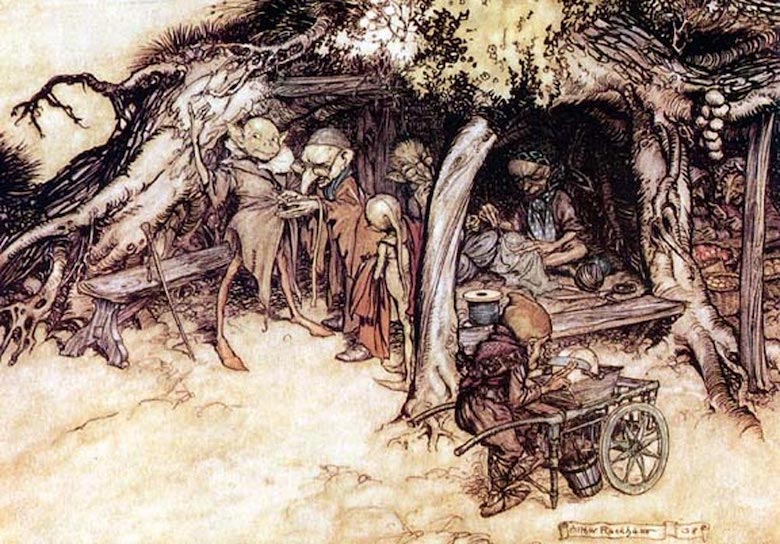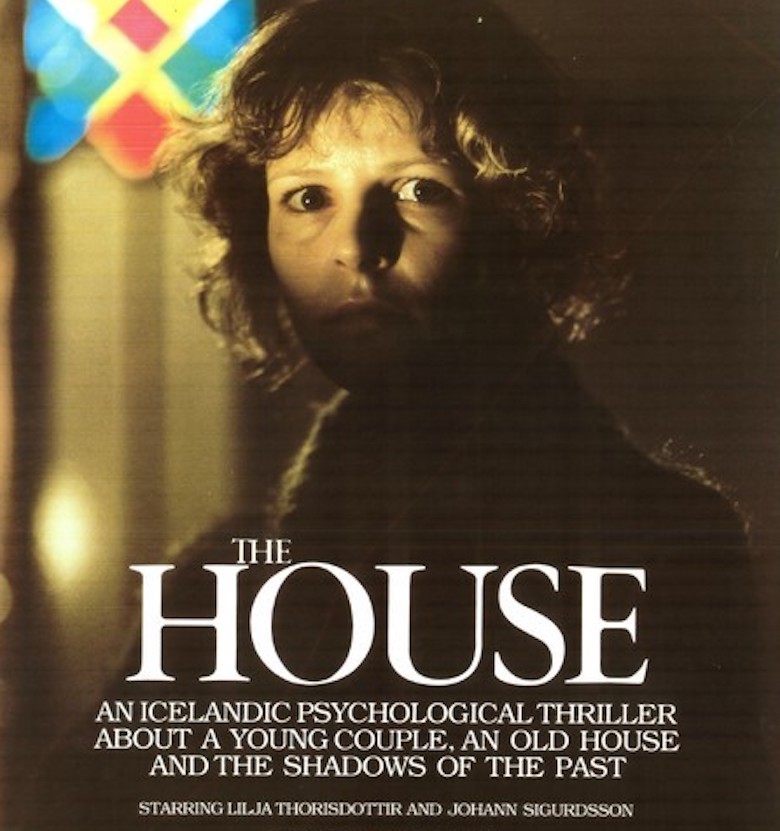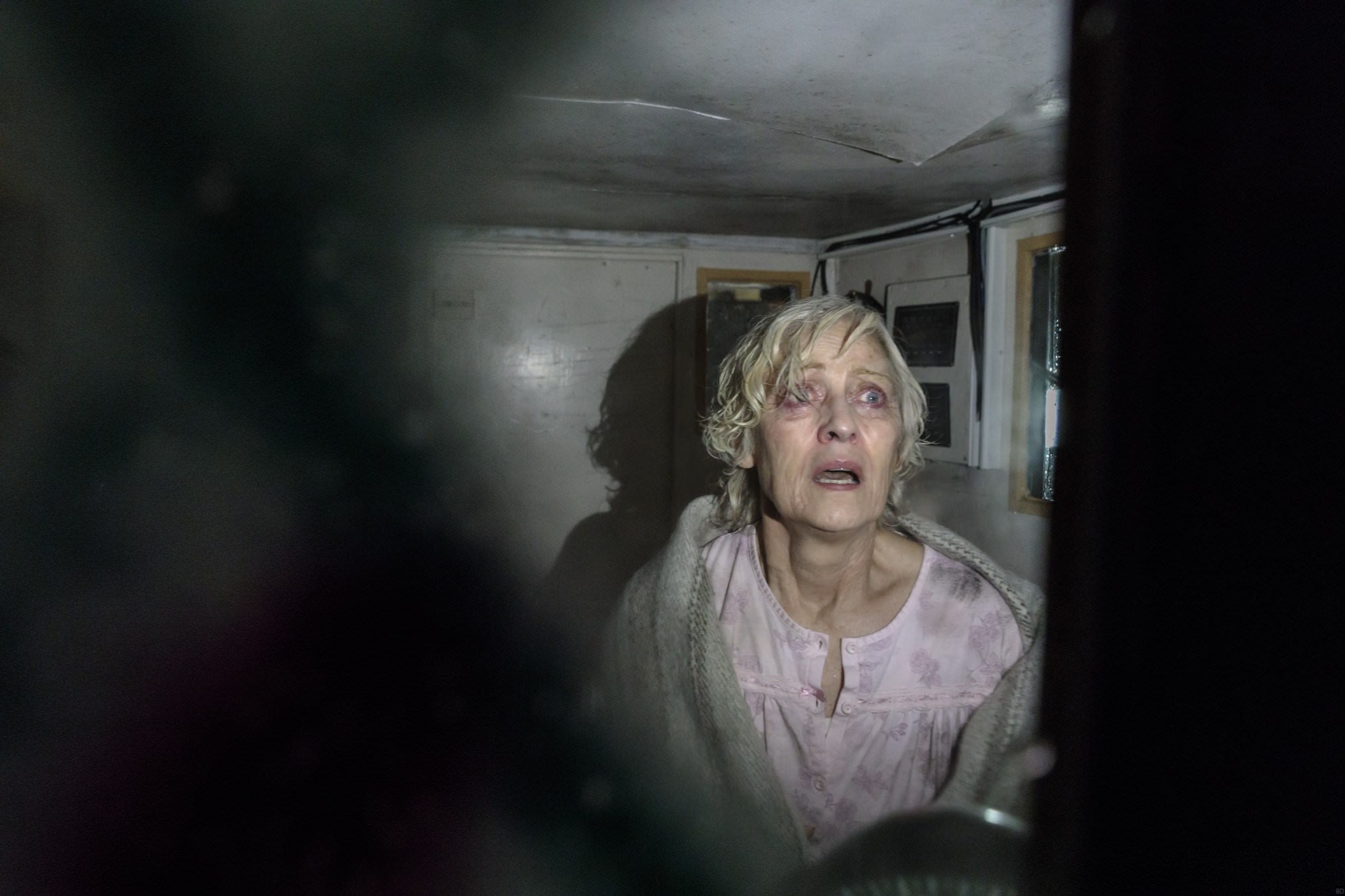“Do you have any Icelandic horror movies?”
That was the first question I asked after ducking into a hole-in-the-wall DVD store in downtown Reykjavik. I had just returned to the city after a week-long road trip around the country with two of my friends, and my mind was buzzing with all of the possibilities for horror that Iceland offered.
In our short trip, we had seen small villages glazed with fog under a midnight sun, icy mountains cutting through the sky like knives, and hidden valleys fit only for massive trolls. Oh, and I had almost gotten my eyes pecked out by territorial Arctic terns… on several different occasions. Hitchcock would have loved it.
To me, it felt like Iceland should be producing endless films that captured the undertones of dread that I had sensed. Sure, I was just a tourist, but I had to be onto something, right?
“Eh, not really,” was the reply I got. “We have an Icelandic section over there. You can go check.”
And so I did, but there wasn’t much to write home about. There were probably six Icelandic movies total in the shop, and none of them were horror. Confused, I continued searching throughout Reykjavik, yet I found almost nothing.
This showed me that the Icelandic horror cinema scene wasn’t exactly what I had been imagining. But a deeper look at the country’s history of scary stories provides important context for their modern take on horror – a take that is potentially poised to make an international impact.
Icelandic Folklore
If you go digging long enough in the folklore of any country, you’re going to find some really creepy stuff. It’s been human nature for thousands of years to trade unsettling tales. That’s why podcasts like Lore exist.
The biggest piece of Icelandic folklore that will stand out to horror fans is the idea of the Huldufólk (or Hidden People, if you prefer). The exact description of these creatures differs depending on who you ask, but they are generally thought to be humanoid elves that live in an alternate – yet very similar – universe to our own.

The Huldufólk are so intriguing because they, much like ghosts, can be all around you without you ever noticing it. Horror fans undoubtedly see the potential here. However, they aren’t monsters in the traditional sense. In fact, many Icelanders believe that they’re kind. After all, they’ve been coexisting with them for thousands of years.
Gryla, on the other hand, is a mythological character that is certainly not benevolent. She is said to be either a giantess or an ogre that comes by around Christmastime to feast on all the bad children. Many Icelandic children are genuinely terrified of her, and it’s easy to see why. There are plenty of different descriptions of her, but all of them are unsettling.
One final element of Icelandic folklore that stands out is the long and storied history of witchcraft in the country. You can read about it in detail here. There’s even a museum dedicated solely to witchcraft in the north.
Of course, this is only scratching the surface of the origins of Icelandic horror. It’s geographical location as a northerly island lends it a certain level of natural brutality, and that is occasionally reflected in stories both fictional and non-fictional. But how is that being translated into cinema today?
Icelandic Horror Movies
Almost all Icelandic horror movies that have received international attention have been released quite recently. And, interestingly, many of these tend to mirror horror tropes that we all are familiar with rather than drawing from the rich history of creepiness.
In 1983’s Húsið we find a psychological take on the haunted house film. 2004’s One Point O is a movie co-written and co-directed by Icelandic filmmaker Marteinn Thorsson that focuses on paranoia in the digital age rather than trolls and ogres.

There are certainly some cool horror flicks out there, but the ones that have really gained traction don’t feel prototypically Icelandic. Or they at least don’t seem to embody the qualities that foreigners think of as Icelandic.
So what gives? Are Icelandic filmmakers purposefully avoiding playing into the Nordic horror tropes that outsiders might be expecting?
As one of those outsiders, that’s obviously something that I can’t answer. For what it’s worth, though, Iceland’s globalization has been on a slightly slower timeline than other countries. It’s a remote place that has rarely broken through and gained international media attention. For most, modern Icelandic culture begins and ends at Bjork.
This could be why most Icelandic horror films that are watched outside of Iceland tend to be somewhat disconnected from the country’s heritage of creepiness. It’s hard for a nation to break through onto the world’s stage using trends and ideas that aren’t going to be understood. A movie about the Huldufólk sounds supremely interesting to me, but those who don’t know about the importance of them won’t tune in. A movie about a haunted house, on the other hand, can be appreciated by anyone.
The Future of Icelandic Horror
To be clear, that’s just a theory. But it seems to be supported by a recent move towards tradition in Icelandic horror. Flicks like I Remember You and Rift lean into the sense of mysterious, cold isolation that can be found in certain parts of the country, lending the movies a distinctly Icelandic feel. And 2016’s Child Eater shows a clear lineage to none other than Gryla.
Additionally, Iceland seems to be getting more and more excited about horror. Frostbiter, a horror film festival, has been running for the past few years and showcases a growing level of passion for the genre.
While they show both international and local films, the name alone should show that they’re keeping the country as an important part of the festival’s identity. There are even some articles on Frostbiter’s website that go into detail on some of the most famous Icelandic folklore monsters.
— FOUNDATIONS OF HORROR —
Further explore these subgenres & tropes. more>>
#Folk horror | #Foreign Locations are Scary

Perhaps the most important development in Icelandic horror is the movie Lamb. Set in Iceland, it features a couple that give birth to a creature that isn’t quite human (the title should give you a clue). It’s a movie that feels distinctly modern while also obviously owing much of its aesthetic to the country it originated from. It received a ton of excitement after its debut at Cannes in July, and it has since been picked up by A24 for an October debut in North America.
My DVD shopping in Reykjavik was unsuccessful, but it seems the tides are shifting when it comes to Icelandic horror. If Lamb ends up being a hit, we may see more and more interest in the frostbitten scary stories of the Land of Fire and Ice.
Featured image from I Remember You (2017).
Last Updated on September 27, 2021.

